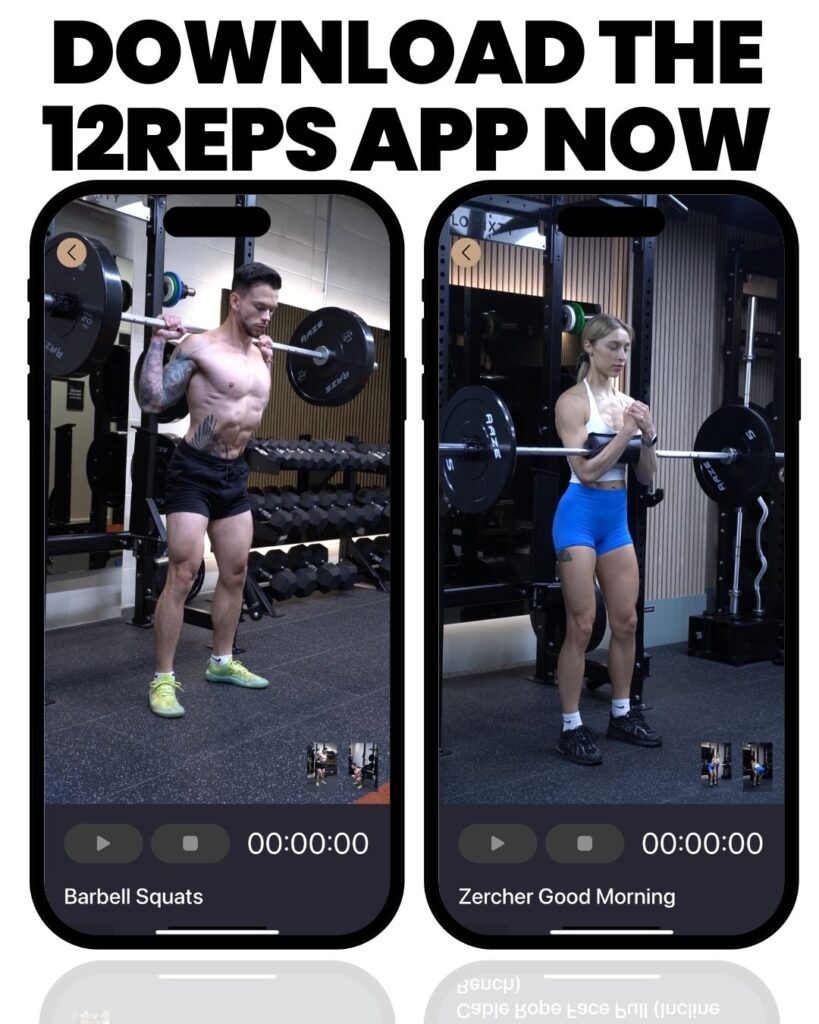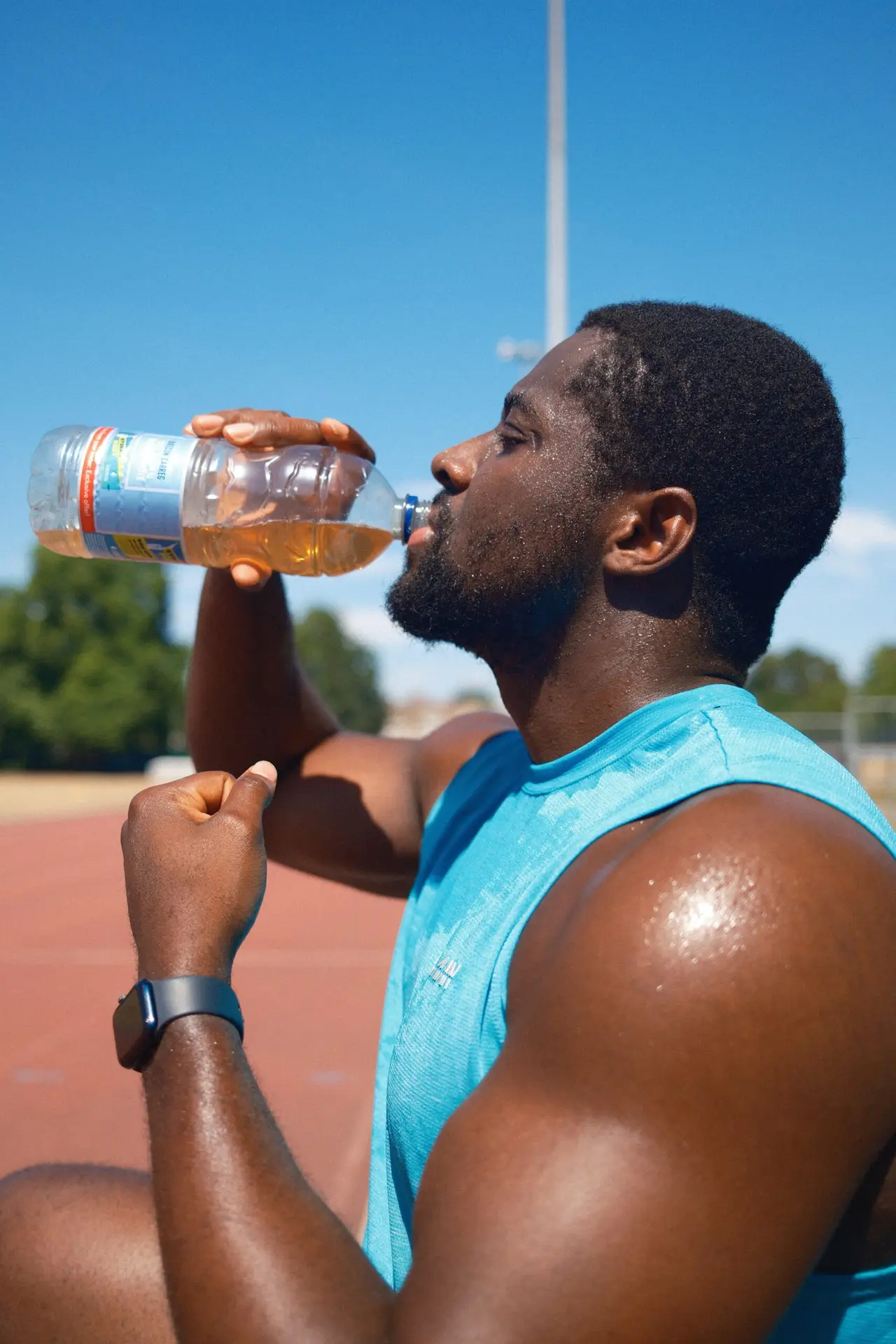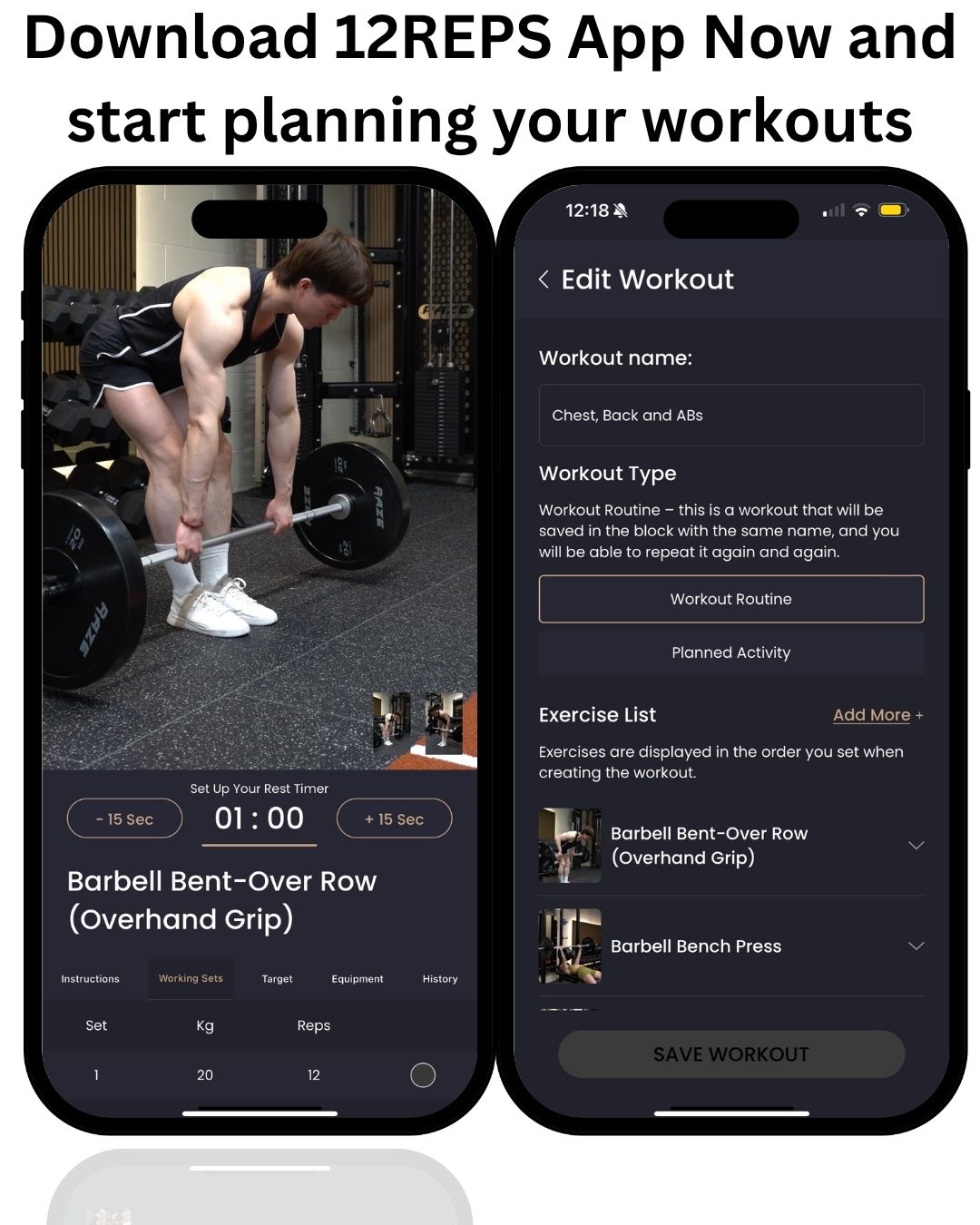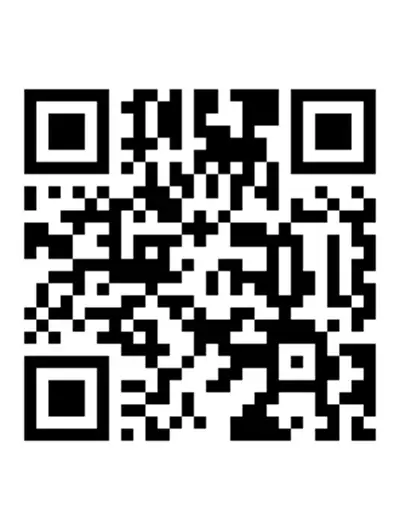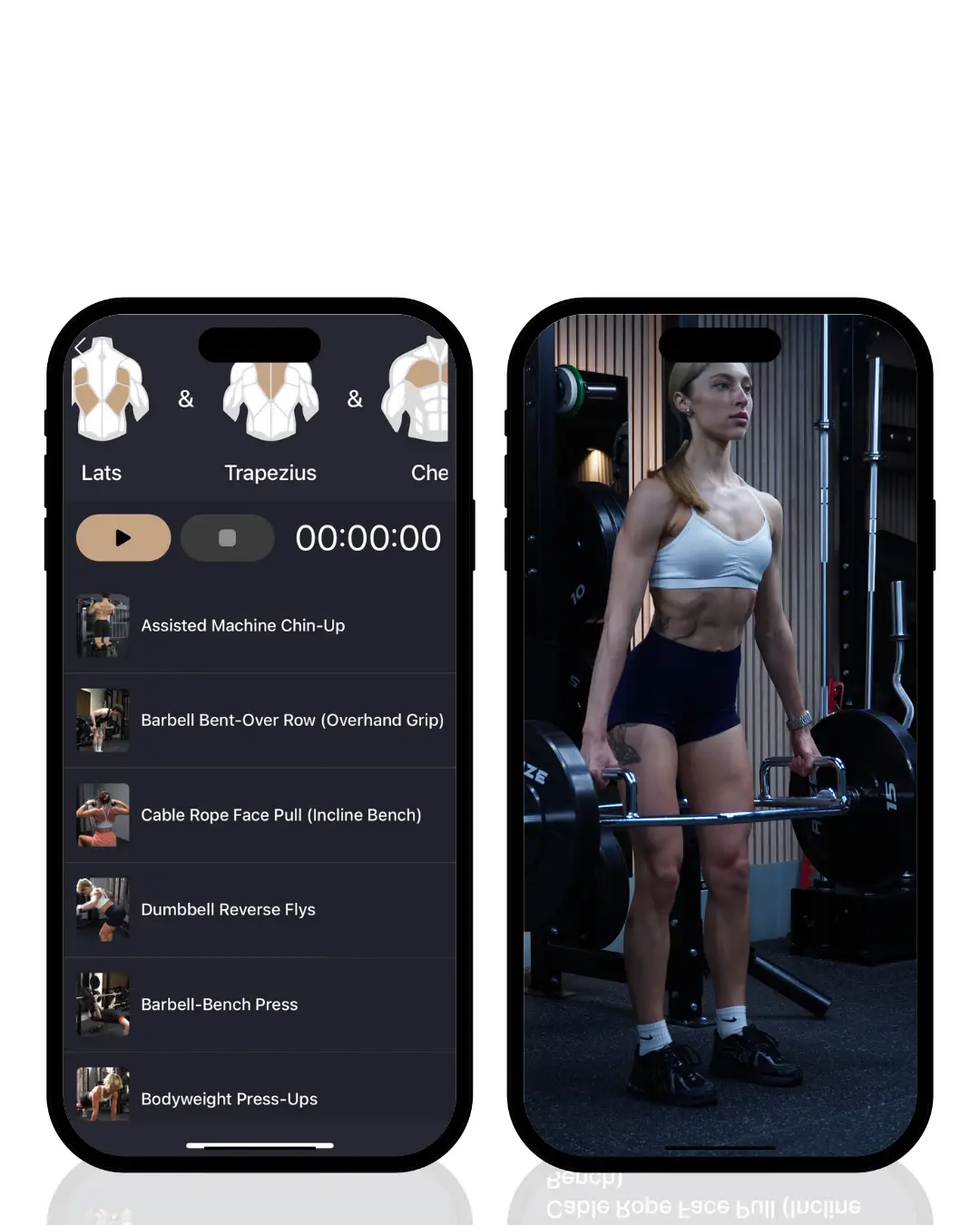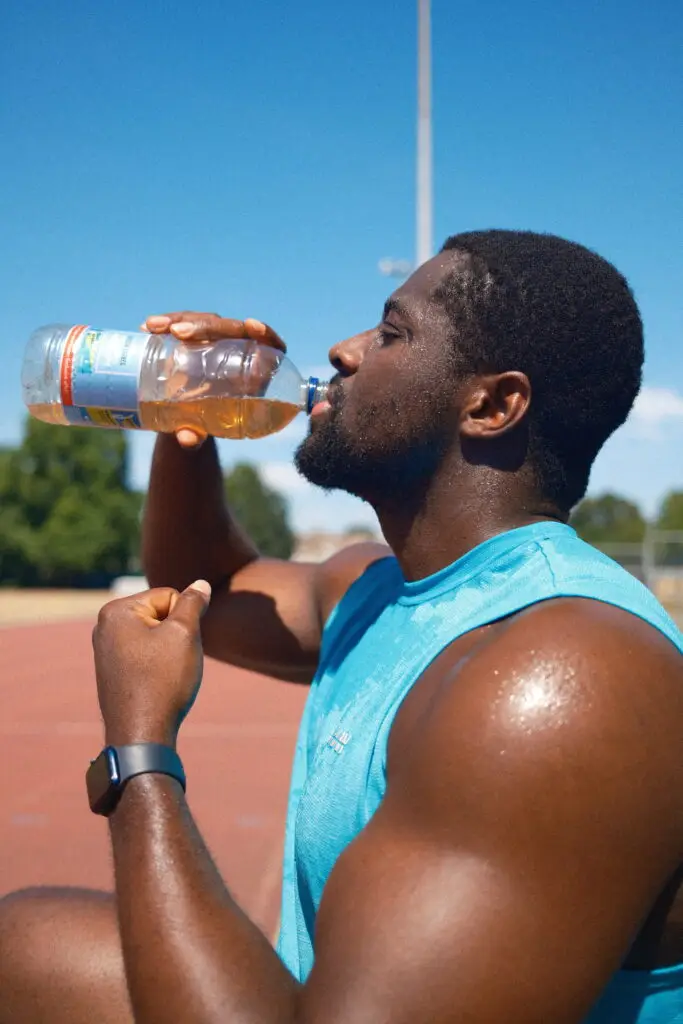By Will Duru, BSc (Hons) Sport and Exercise Science, Award-winning Personal Trainer with over 10 years of experience in strength training and optimising recovery
In the dynamic world of fitness, technology has become an increasingly vital companion for individuals striving to achieve their health and performance aspirations. From monitoring daily activity levels to analysing sleep patterns, wearable fitness tech has fundamentally reshaped our understanding of personal health and how we approach our training. For those committed to building strength and optimising their routines, integrating smart devices like Apple Watch, Garmin, and Fitbit into their regimen can provide a wealth of data.
While the 12reps app focuses on delivering personalised strength training plans, this article will guide you on how to effectively use your wearable technology alongside 12reps to gain a more holistic view of your fitness journey, enhance your understanding of your body, and ultimately maximise your results.
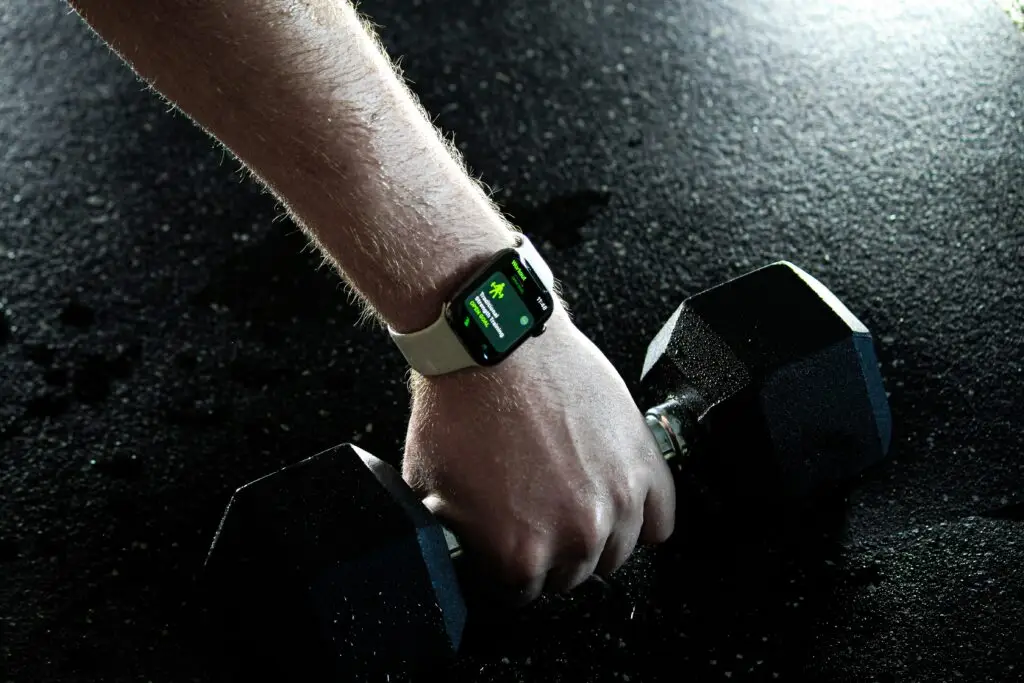
The Indispensable Role of Wearables in Strength Training
Modern fitness wearables offer a treasure trove of data that, when properly interpreted and applied, can significantly elevate your strength training experience. These devices move beyond simple step counting, providing nuanced insights into your physiological responses during and after exercise. Here’s how these smart devices contribute to amore informed and effective strength training approach:
Heart Rate Tracking: A Window into Effort and Recovery. Often primarily associated with cardiovascular exercise, heart rate monitoring holds substantial value in strength training as well. Tracking your heart rate during and between sets offers critical insights into your exertion levels and your body’s recovery efficiency.
A higher heart rate during a demanding set indicates a greater physiological effort, reflecting the intensity of your work. Conversely, a rapid return to your baseline heart rate during rest periods suggests improved cardiovascular fitness and efficient recovery between efforts.
This real-time data empowers you to gauge how your body responds to varying intensities and rest durations, enabling you to make more precise, on-the-fly adjustments to your workout. For instance, if your heart rate remains elevated longer than usual, it might signal accumulated fatigue, prompting you to extend your rest or slightly reduce the load for the next set. This granular understanding helps prevent overexertion and ensures you’re optimising each training block.
Calorie Burn: Understanding Your Energy Expenditure. Accurately estimating calorie expenditure during strength training can be complex due to the varied nature of resistance exercises and individual metabolic rates. However, wearable fitness tech devices, by integrating heart rate data with your unique personal metrics—such as age, weight, height, and activity level—provide a far more reliable estimation of the calories burned during your strength sessions.
This information is particularly crucial for individuals managing their nutrition for specific goals, whether it’s weight loss or muscle gain. A clearer understanding of your energy expenditure enables more precise dietary adjustments, ensuring you consume enough fuel for recovery and growth or maintain the necessary deficit for fat loss. This data moves you beyond guesswork, enabling a more scientific approach to your overall energy balance.
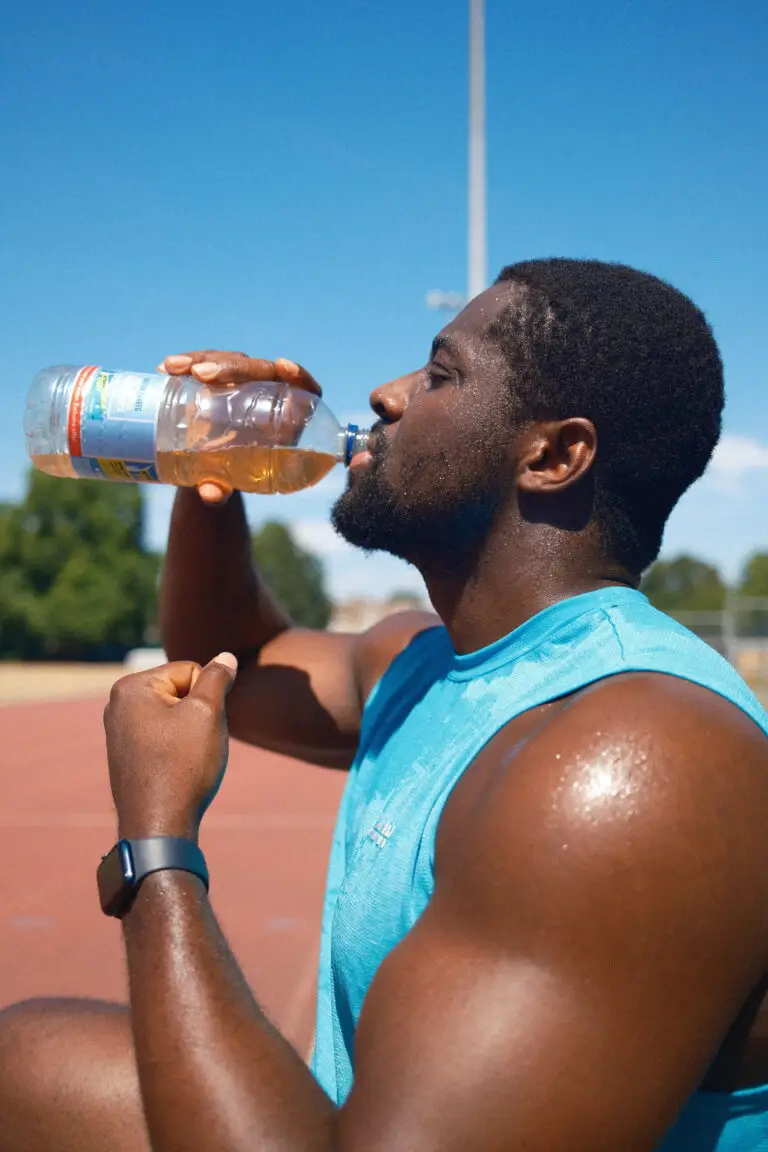
Recovery Metrics: The Foundation of Sustainable Progress
It’s a well-known adage in fitness that muscles are built during recovery, not just during the workout itself. Many advanced wearables now offer sophisticated recovery metrics that provide a comprehensive picture of your body’s readiness for subsequent training. These metrics often include:
Heart Rate Variability (HRV): HRV measures the variation in time between your heartbeats. A higher HRV generally indicates a well-recovered and resilient nervous system, while a lower HRV can signal stress, fatigue, or impending illness. Monitoring HRV can help you understand your body’s overall stress load and its capacity to adapt to training.
Sleep Tracking: Quality sleep is paramount for muscle repair, hormonal regulation, and cognitive function. Wearables track sleep stages (light, deep, REM), duration, and disturbances, offering insights into the restorative quality of your rest. Poor sleep can significantly impair recovery and performance.
Daily Readiness Scores: Some devices synthesise various data points (sleep, activity, HRV) into a single readiness score, providing a quick snapshot of your body’s recovery status. This score can guide your daily training decisions, suggesting whether to push hard, opt for a lighter session, or prioritise active recovery. By diligently monitoring these recovery metrics, you can make informed decisions about your training schedule. This proactive approach helps prevent overtraining, reduces the risk of injury, and ensures that your body is adequately prepared to maximise the benefits of each strength session. It shifts the focus from simply working out harder to working out smarter, respecting your body’s need for rest and adaptation.
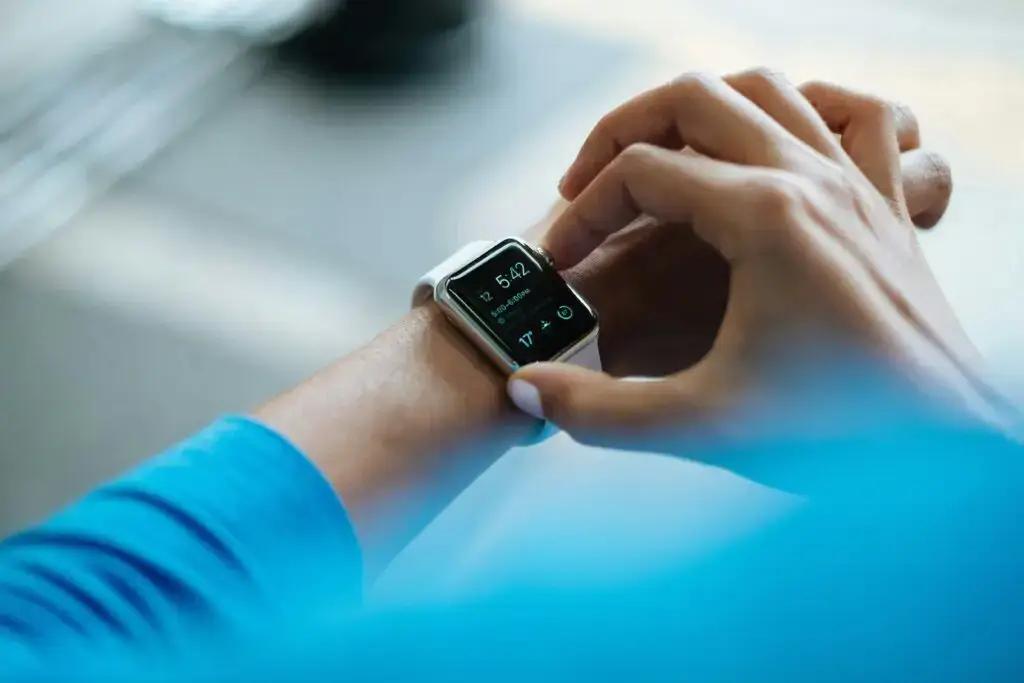
Form and Technique Insights: Refining Your Movement While not a substitute for professional coaching, some advanced wearables and their accompanying apps are beginning to offer rudimentary insights into exercise form and technique. Utilising internal accelerometers and gyroscopes, these devices can detect subtle movement patterns and provide feedback on aspects like range of motion, stability, and even rep consistency.
For example, a smartwatch workout tracking feature might alert you if your squat depth is inconsistent or if your bicep curl is relying too much on momentum. These features can serve as valuable supplementary tools, helping users maintain proper form, reduce the risk of injury, and ensure that target muscles are effectively engaged. They empower users to become more aware of their movement mechanics, leading to more efficient and safer training.
12reps: Your Strength Training Partner, Enhanced by Wearable Data
The 12reps app is your dedicated strength training app, meticulously designed to provide personalised workout plans that adapt to your goals, equipment, and schedule. It excels at guiding you through structured routines, tracking your sets, reps, and weights, and helping you visualise your progress over time. While 12reps does not currently utilise AI for real-time workout adjustments or directly integrate with wearable devices for automatic data import, you can still leverage the rich data from your wearable fitness tech to inform and enhance your 12reps experience, making your training even more precise and effective. These features are on the roadmap to be added on the 12Reps app.
How to Leverage Wearable Data with 12reps:
Even without direct fitness tracker integration, the insights from your wearable can significantly inform your use of 12reps and optimise your training decisions:
Manual Data Input for Informed Decisions: After each workout tracked by your wearable, review the heart rate data, calorie burn, and recovery metrics. Use this Information to adjust your next 12-rep session manually. For example If your heart rate was consistently higher than expected for a given intensity, you might note increased fatigue and consider a slightly lighter load or an extra rest day in 12reps.
If your recovery metrics (HRV, sleep quality) indicate low readiness, you can choose a less demanding workout from your 12reps plan or adjust the intensity down for that day. If your calorie burn was higher than anticipated, you can adjust your nutritional intake to support recovery and muscle growth, ensuring your body has the fuel it needs for the next 12reps session.

Optimising Recovery Based on Wearable Insights: Your wearable provides crucial data on how well your body is recovering. Before starting your next 12reps workout, check your wearable’s recovery score, sleep quality, and HRV. If these metrics suggest your body is not fully recovered, you can:
Adjust 12reps Intensity: Opt for a lower intensity workout within 12reps, or choose a recovery-focused session if available in your plan.
Increase Rest: Add an extra rest day before your next planned 12reps strength session.
Prioritise Sleep and Nutrition: Double down on sleep hygiene and ensure your nutrition is on point to aid recovery, preparing you better for your next 12reps workout.
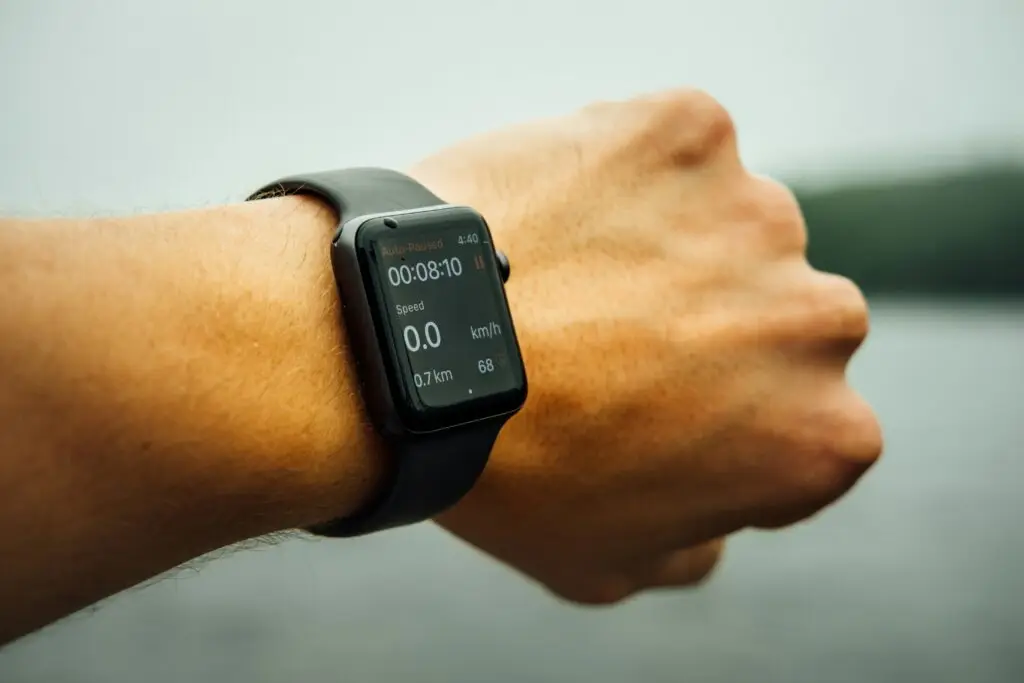
Enhancing Progress Tracking with a Holistic View: While 12reps excels as a strength training tracker for your lifts, combining its detailed workout logs with the physiological data from your wearable provides a more comprehensive picture of your progress. You can:
Correlate Performance with Physiology: Observe how changes in your 12reps performance (e.g., increased weight, more reps) correlate with improvements in your heart rate recovery or HRV. This helps validate your training approach.
Identify Overtraining Signals: If your 12reps performance plateaus or declines despite consistent effort, and your wearable data shows persistent fatigue or poor recovery, it’s a strong indicator of overtraining. This allows you to proactively adjust your 12reps plan to prevent burnout.
Track Overall Fitness Evolution: By examining both your strength gains in 12-rep exercises and your cardiovascular fitness and recovery trends from your wearable device, you gain a comprehensive understanding of your overall fitness evolution.
The Future of Integration: A User-Driven Approach: While direct, automated fitness tracker integration is not currently a feature of 12reps, the team is continuously evaluating user needs and technological advancements. The focus remains on providing the most effective and personalised strength training experience.
As the landscape of smartwatch workout tracking evolves, 12reps is committed to exploring future possibilities that could further enhance the synergy between your personalised workout plans and the rich data provided by your wearable devices. Your feedback and the evolving capabilities of wearable technology will guide future developments, ensuring that 12reps remains at the forefront of effective strength training.
Practical Tips for Combining Wearables and 12reps
To get the most out of your wearable fitness tech and the 12reps app, consider these practical tips
Consistency is Key: Wear your device consistently, especially during workouts and sleep, to gather reliable data. The more data points you have, the more accurate and insightful your trends will be.
Understand Your Metrics: Take the time to learn what each metric from your wearable means and how it relates to your body and training. Resources from your device manufacturer and reputable fitness science websites can help.
Listen to Your Body: While data is powerful, it should complement, not replace, listening to your body. If your wearable suggests you’re recovered but you feel exhausted, prioritise rest. The data provides objective insights, but your subjective feelings is equally important.
Review Data Regularly: Make it a habit to review your wearable data daily or weekly. Look for trends rather than isolated numbers. Are your heart rate recovery times improving? Is your sleep quality consistent? How do these trends align with your 12reps workout performance?
Use 12reps for Structured Training: Rely on 12reps for its core strength: providing structured, progressive, and personalised workout plans. Use your wearable to monitor your body’s response to these plans.
Set Realistic Goals: Whether your goal is weightloss, muscle gain, or improved endurance, use both 12reps and your wearable data to set realistic and achievable targets. Celebrate small victories to stay motivated.
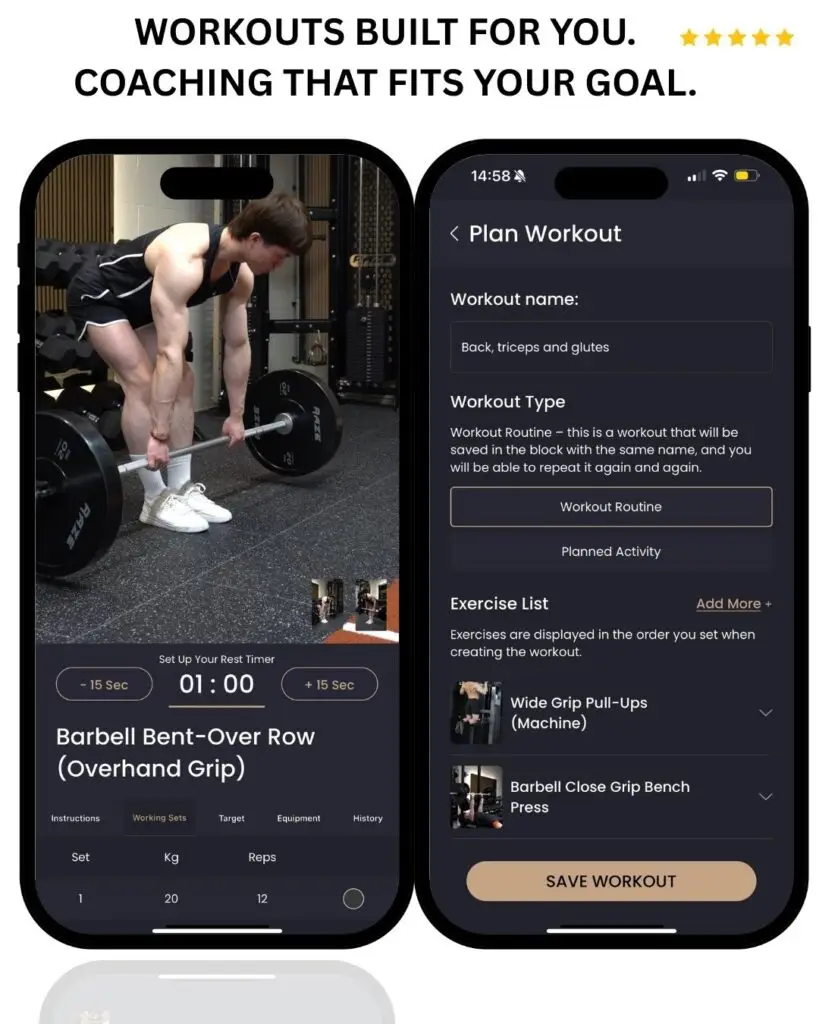
Conclusion
Wearable technology has undeniably transformed the fitness landscape, offering unprecedented insights into our bodies and training responses. While the 12 reps app focuses on delivering expertly crafted, personalised strength training programs, the data from your wearable fitness tech can serve as an invaluable complement. By understanding and utilising metrics like heart rate, calorie burn, and recovery, you can make more informed decisions about your training intensity, recovery needs, and overall progress.
This synergistic approach, combining the structured guidance of the 12reps fitness app with the physiological insights from your smartwatch workout tracking and fitness tracker integration, empowers you to train smarter, recover more effectively, and ultimately achieve your strength and weightloss goals with greater precision and confidence. Embrace this powerful combination to elevate your fitness Journey and unlock your full potential.
